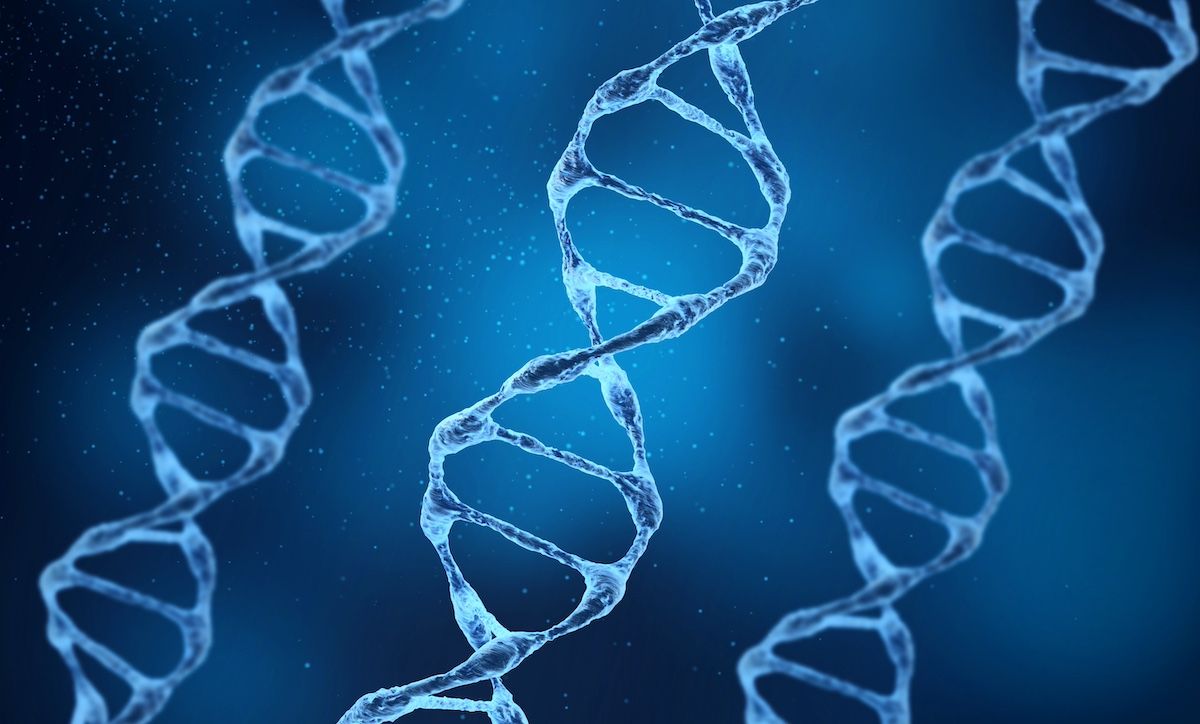- Center on Health Equity & Access
- Clinical
- Health Care Cost
- Health Care Delivery
- Insurance
- Policy
- Technology
- Value-Based Care
Liquid Biopsy Whole-Genome Sequencing Optimizes MRD Detection in DLBCL
Using the newly created MAESTRO-Pool tool, whole genome sequencing revealed DNA that could be used to more effectively detect minimum residual disease (MRD) in patients who have diffuse large B-cell lymphoma (DLBCL).
Minor-allele-enriched sequencing through recognition oligonucleotides (MAESTRO)-Pool, developed by investigators to detect minimum residual disease in cell-free DNA (cfDNA) in patients with diffuse large B-cell lymphoma (DLBCL), was able to identify circulating tumor DNA (ctDNA) that can be a sensitive marker of relapse among these patients, according to a study published in HemaSphere.
MRD has emerged as a potentially promising biomarker in treating DLBCL; pretreatment levels and dynamic changes in ctDNA have remained associated with clinical outcomes, and findings from many previous studies show ctDNA outperforming traditional response assessment tools, the investigators wrote.
In this analysis, 59 samples were collected from 9 patients for MRD detection | Image Credit: Hypnosis stock.adobe.com

Whole genome sequencing (WGS) has been used to improve sensitivity and identify patient-specific tumor fingerprints that can be assayed within plasma cfDNA, which increases the chances of detecting tumor mutations but has remained challenging due to the excess of normal cfDNA in plasma. In response to this, the investigators developed the MAESTRO test to detect mutations with greater sensitivity.
A new implementation of this test, MAESTRO-Pool, enables personalized MRD tests from all patients participating in cohort studies to be pooled into 1 test. This enables the detection of MRD in each patient’s plasma cfDNA and the assessment of the specificity of each bespoke MRD test using unmatched samples from different patients, the investigators wrote.
MAESTRO-Pool and the investigator’s dynamic MRD caller, which “accounts for varied numbers of mutations and cfDNA molecules assayed and reports a probability score for MRD detection” were utilized in a pilot study in which ctDNA in plasma samples from 9 patients with relapsed/refractory DLBCL undergoing autologous stem cell transplantation (ASCT) were analyzed.
Panels from the 9 patients were collected into a large MAESTRO-Pool sample; these patients were derived from a larger cohort of patients and were selected based on the presence of leftover genomic DNA (gDNA) from tissue samples. At a median follow-up of 36.6 (range, 30.0-39.6) months, 5 patients had relapsed.
The investigators found that MRD detection was highly concordant for MAESTRO-Pool and the MRD Tracker test; among the 59 samples from the 9 selected patients, a discrepant MRD call was observed for just 1 sample. Furthermore, estimated tumor fractions using MRD Tracker and MAESTRO-Pool were concordant, according to the study authors.
Another capability of MAESTRO-Pool allows for the empirical assessment of the specificity of each patient’s bespoke MRD test using unmatched samples from other patients in the cohort. In 7 of the 9 patients’ MRD tests, specificity was 100% among a median of 52 (range, 51-54) unmatched samples from other patients. Notably, the other 2 patients’ MRD tests showed 95% and 98% specificity, the investigators wrote.
MRD generally increased as clinical relapse increased, but the investigators noted that the rate of increase varied among the patients. An additional set of genes commonly mutated in relapsed DLBCL was used to identify multiple novel mutations in relapsing patients, according to the investigators.
Based on their observations, the study authors felt that MAESTRO-Pool was associated with improved sensitivity with high specificity, with their results also demonstrating that the approach can track genetic evolution by using complementary targeted sequencing approaches.
The investigators noted that personalized MRD approaches present unique challenges to clinical implementation. Most prominently, MAESTRO-Pool requires WGS and individualized probe design, and entails upfront costs. Despite these challenges, the detection of low-abundance mutations with significantly fewer reads makes this method more effective.
“Our results suggest that bespoke WGS liquid biopsy in DLBCL may offer unique advantages in optimizing the sensitivity of MRD detection, maintaining very high specificity, and allowing tracking of clonal evolution,” the investigators concluded.
Reference
Merryman R, Rhoades J, Xiong K, et al. Comparison of whole-genome and immunoglobulin-based circulating tumor DNA assays in diffuse large B-cell lymphoma. Hemasphere. 2024;8(4):e47. doi:10.1002/hem3.47
